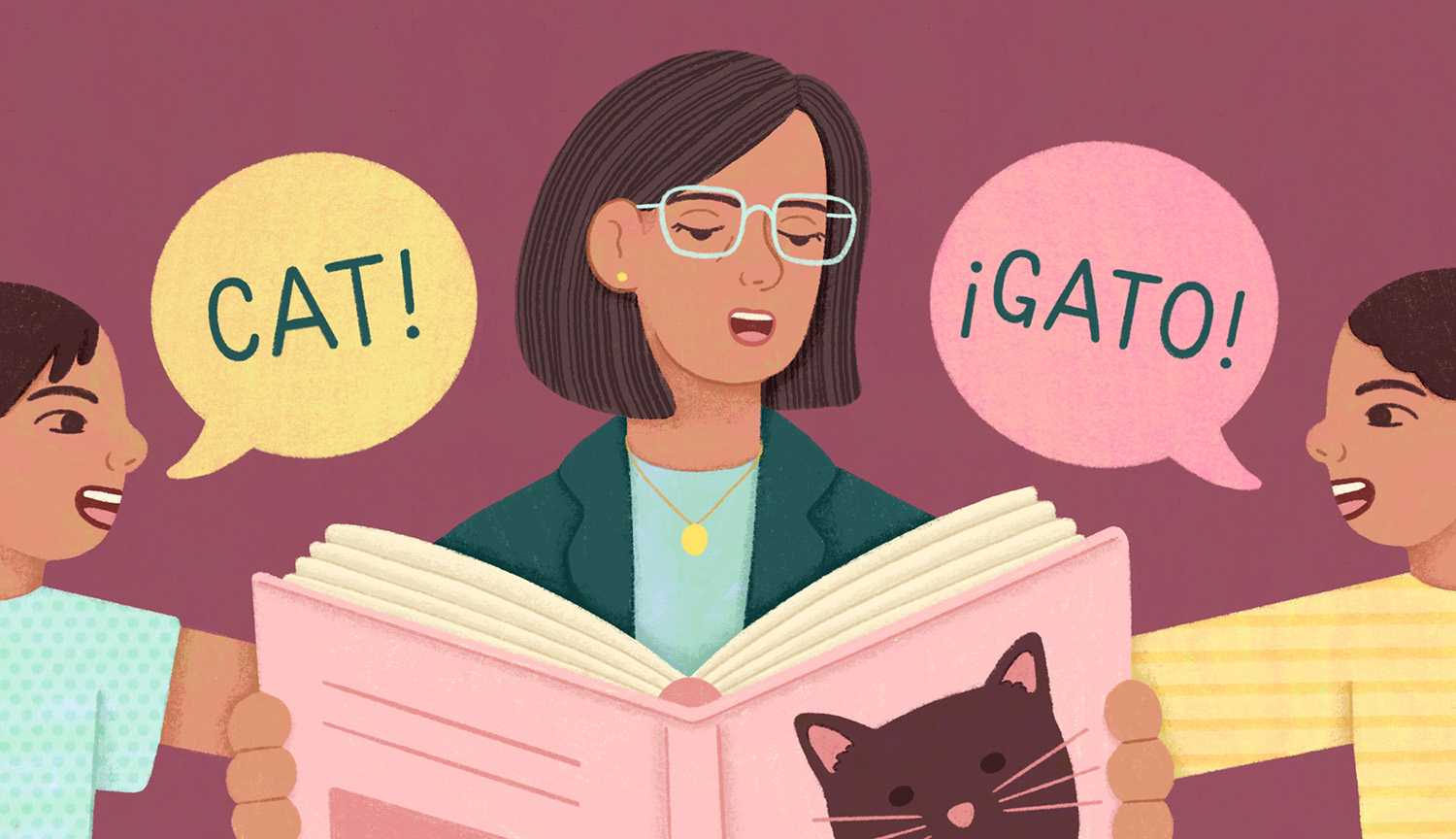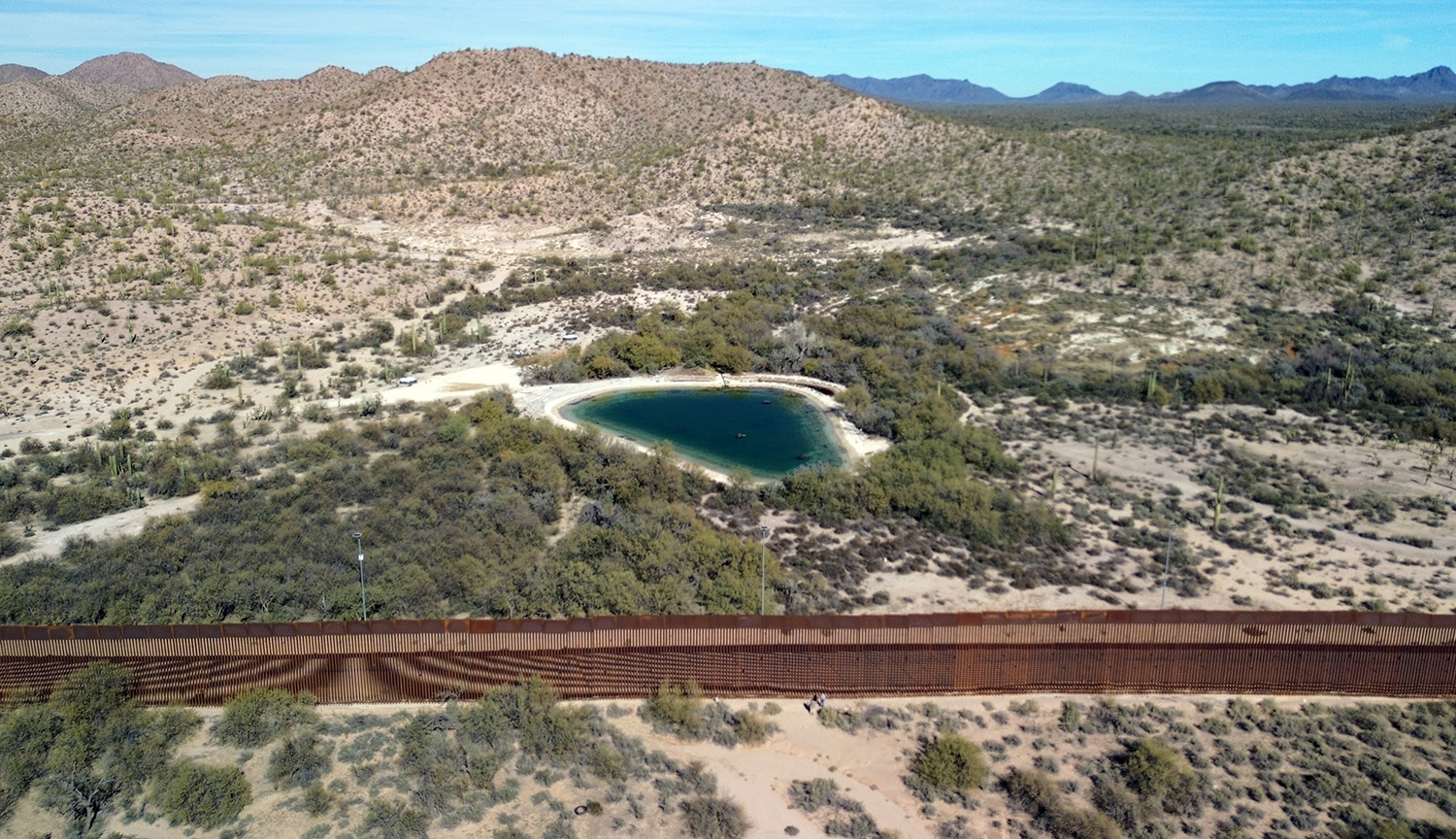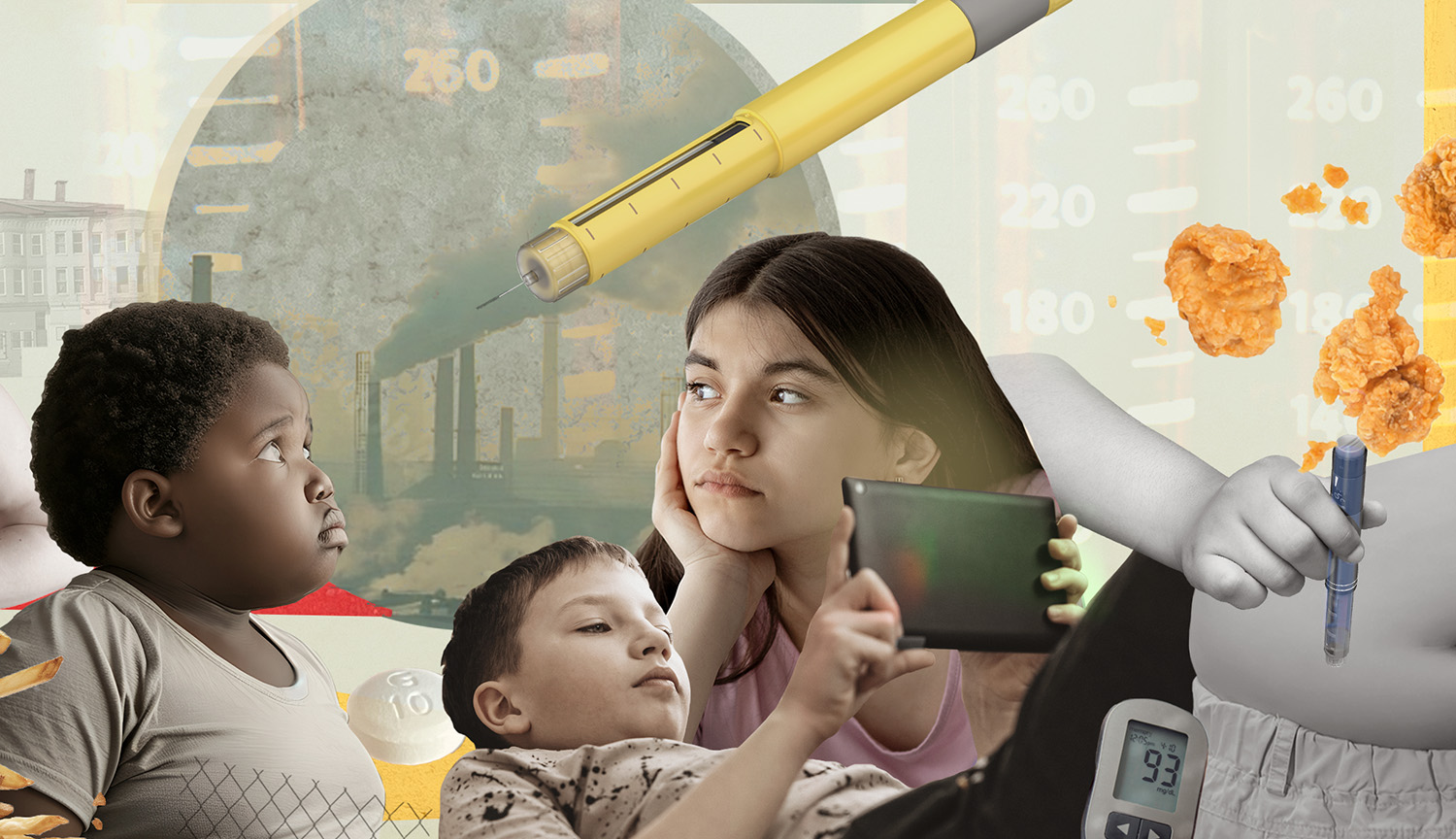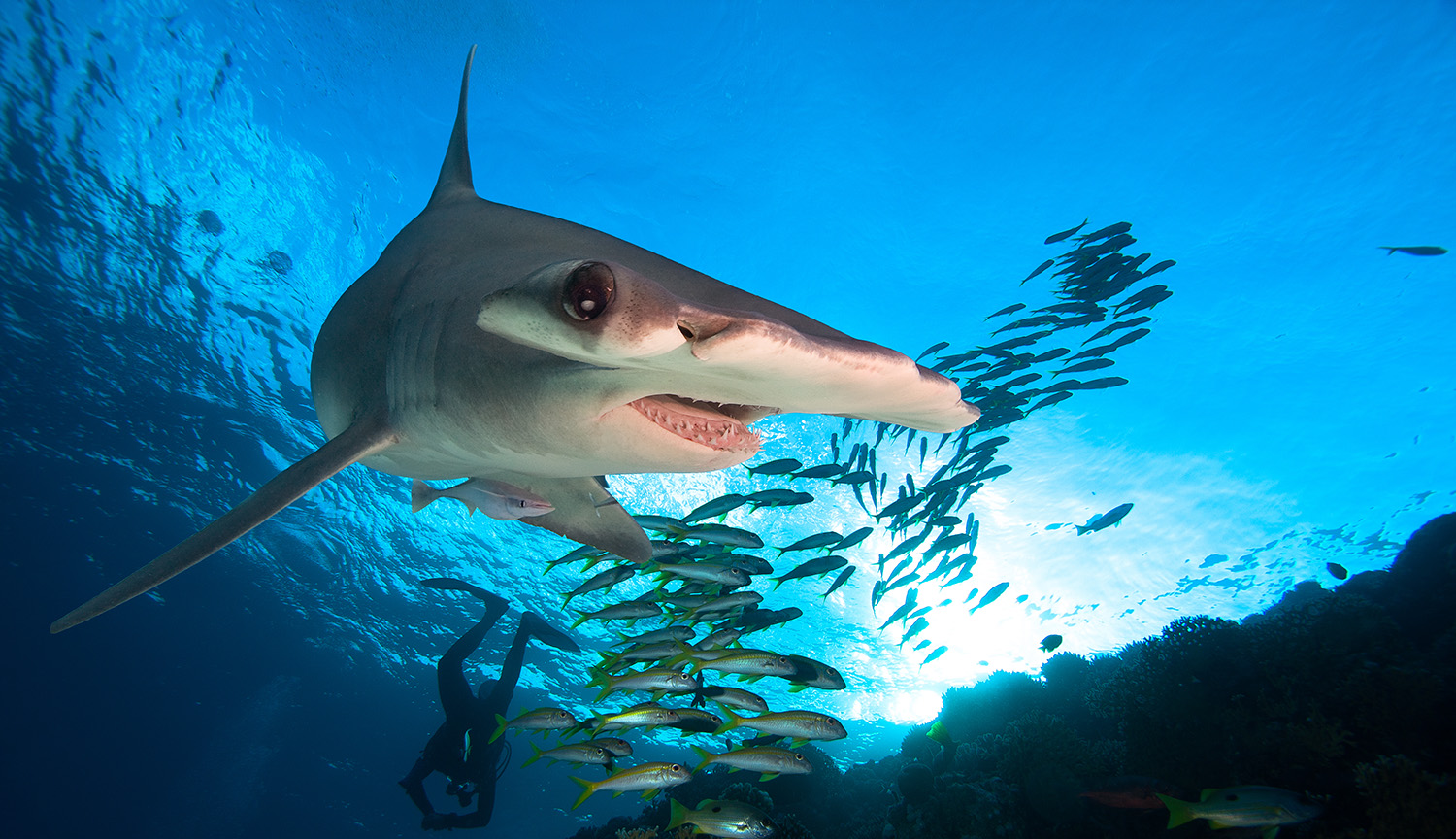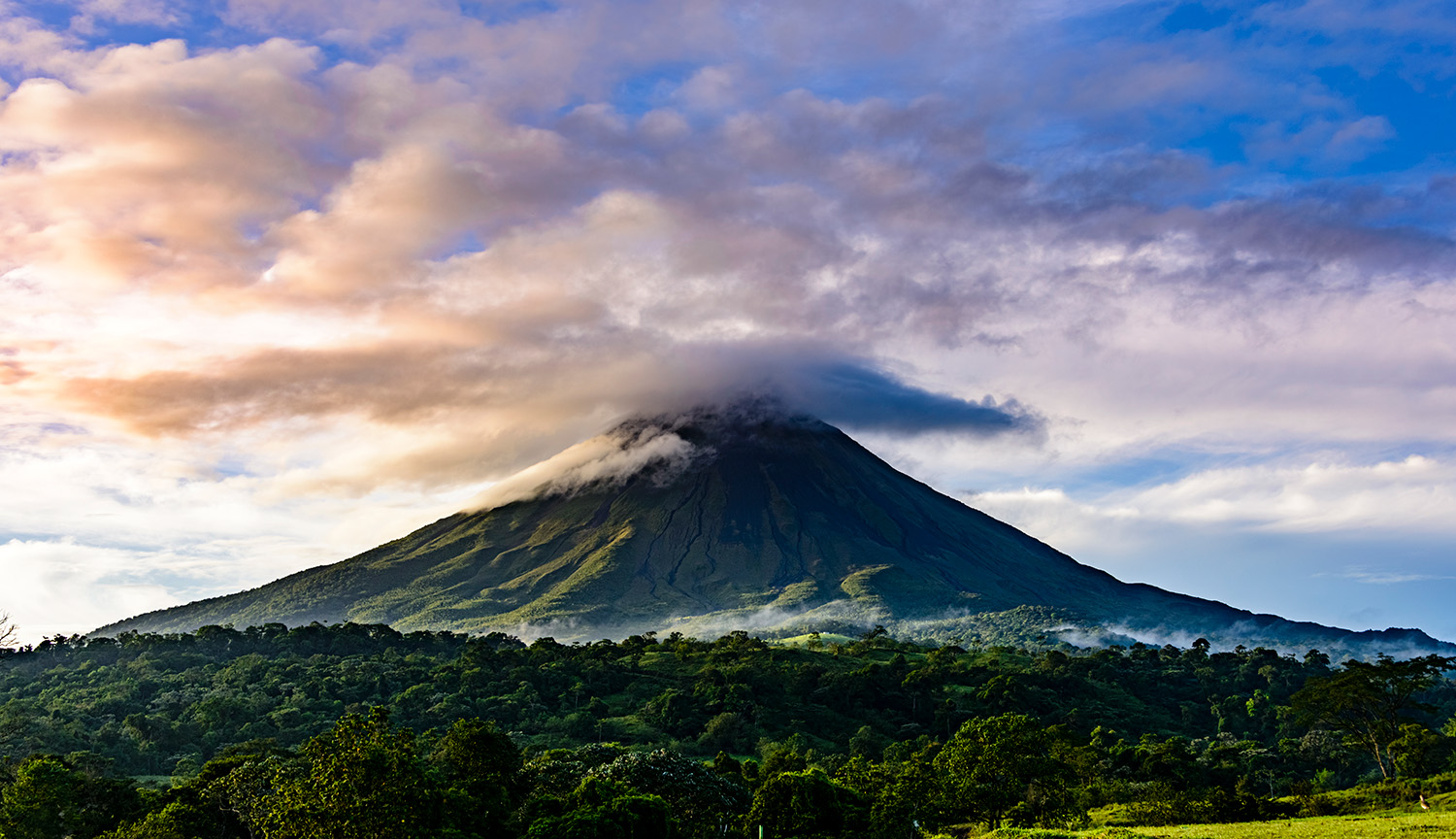Nexus: Science & Latinos in the United States
A bilingual series of stories and interviews
In 2022 Knowable Magazine launched its Spanish-language channel Knowable en español with an aim of making high-quality science journalism accessible to the 500 million native Spanish speakers the world over. We began work with science journalists in Latin America to cover research relevant to the region. But we also wanted to reach the many millions of Spanish speakers who call the United States home.
Thus began the project Nexus: Science & Latinos in the United States. Produced with support from the Howard Hughes Medical Institute’s Science and Educational Media Group, the series explores the work of Latino scientists and emerging research that affects the US Latino community, presented in English and Spanish. The project has also included targeted outreach to US Spanish-language media.
Knowable Magazine and Knowable en español articles are freely available to read and republish, and pieces from this series have appeared in Yahoo News, Ars Technica, Popular Science, the Tucson Sentinel, El Universal (Mexico), El Espectador (Colombia), Earth Journalism Network, El País (Spain) and Medscape, among others.



Nexus: Science & Latinos in the United States is produced with support from the Howard Hughes Medical Institute’s Science and Educational Media Group.




